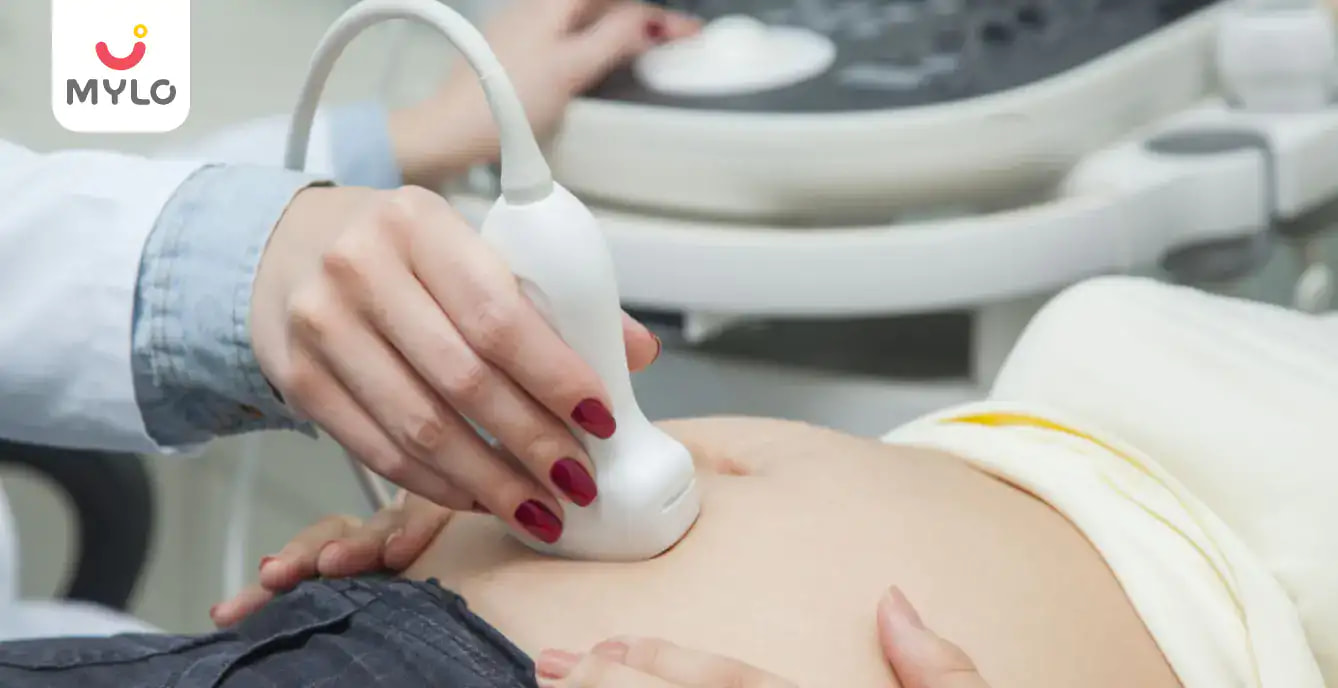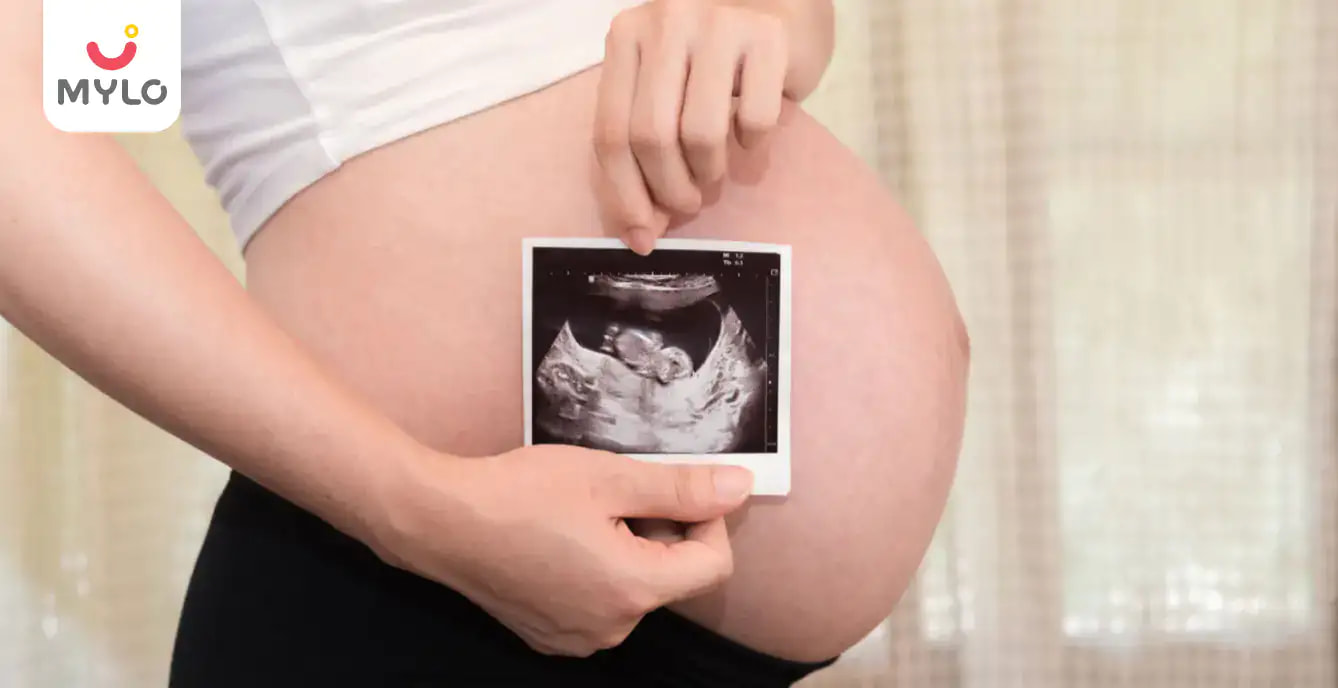Home

Laparoscopic Ovarian Drilling: A Safe and Effective Solution for PCOS-Related Infertility
In this Article
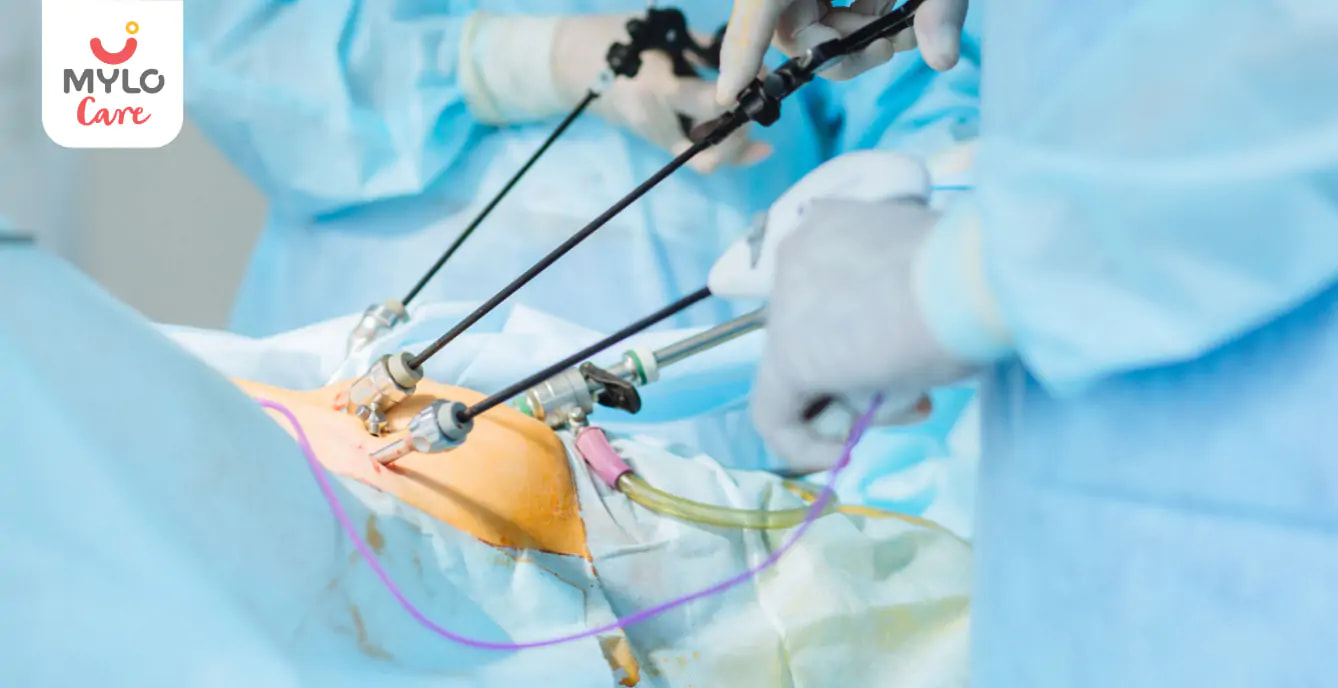
Getting Pregnant
Laparoscopic Ovarian Drilling: A Safe and Effective Solution for PCOS-Related Infertility
Updated on 15 February 2024

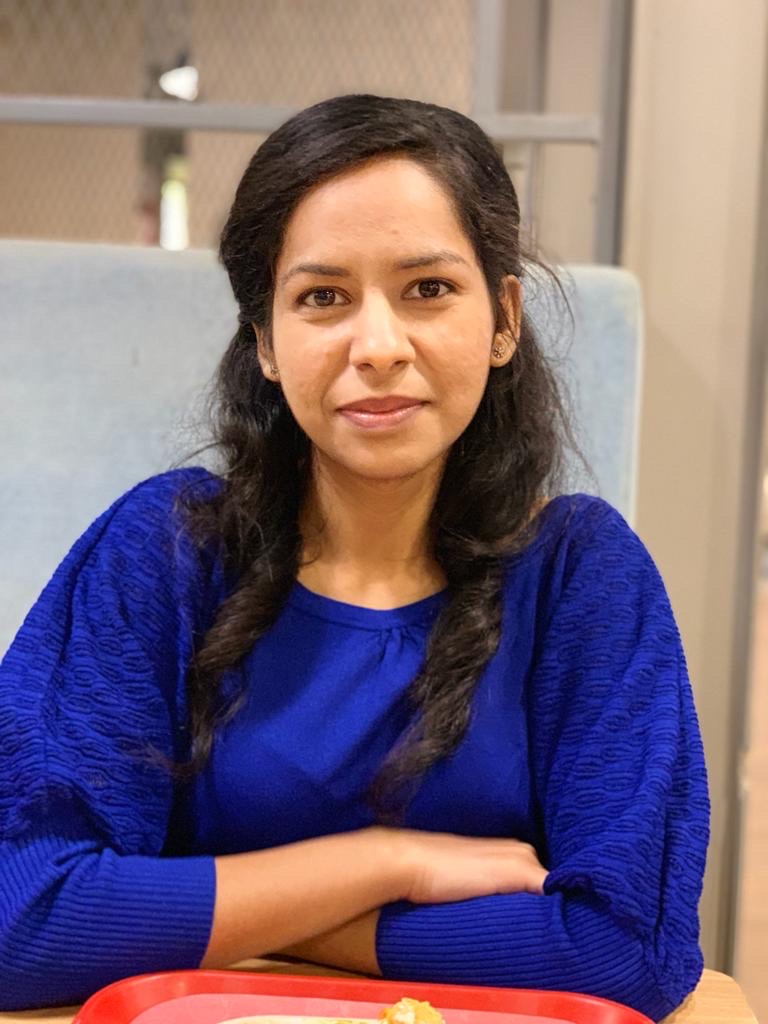

Medically Reviewed by
Dr. Shruti Tanwar
C-section & gynae problems - MBBS| MS (OBS & Gynae)
View Profile

Are you struggling with infertility caused by polycystic ovary syndrome (PCOS)? If so, there's hope on the horizon. Laparoscopic ovarian drilling or ovarian diathermy, a minimally invasive procedure, offers a safe and effective solution for PCOS-related infertility. By addressing hormonal imbalances and restoring ovulation, this procedure can increase your chances of conceiving and fulfilling your dreams of parenthood.
If you're longing to conceive but struggling with PCOS-related infertility, ovarian drilling could be the answer you've been searching for. This procedure offers a safe and effective way to restore hormonal balance, regulate your menstrual cycle, and improve your pregnancy chances.
This comprehensive guide will explore the advantages of laparoscopic ovarian drilling, its procedure, risks, and recovery. By understanding the ins and outs of this fertility treatment, you can make informed decisions about your reproductive health.
What is Laparoscopic Ovarian Drilling (LOD)?
Laparoscopic Ovarian Drilling (LOD) is a minimally invasive surgical procedure used to treat polycystic ovary syndrome (PCOS) and its associated fertility issues. LOD aims to restore hormonal balance, promote regular ovulation, and improve fertility outcomes for women with PCOS.
How Does LOD Work to Improve Fertility?
Ovarian diathermy addresses the hormonal imbalances and irregular ovulation associated with polycystic ovary syndrome (PCOS). The surgeon carefully punctures small areas of the ovary during the procedure using a laser or a heated needle. This targeted intervention aims to reduce the number of androgen-producing cells in the ovary responsible for excess testosterone production in women with PCOS.
Also read: Ovulation disorders and their medications
By reducing the androgen-producing tissue, ovarian drilling helps restore hormonal balance and improve the function of the ovaries. This can lead to more regular ovulation, allowing for better chances of conception.
What are the advantages of Laparoscopic Ovarian Drilling?
LOD offers several advantages as a treatment option for PCOS-related infertility. Here are some of the key advantages:
-
Restores hormonal balance
-
Enhances ovulation
-
Minimally invasive procedure
-
Safe and effective
-
Preserves ovarian reserve
-
Improves other PCOS symptoms
Comparing LOD with Other Fertility Treatments
Ovarian drilling is targeted explicitly towards women with polycystic ovary syndrome (PCOS). Let's compare LOD with other common fertility treatments to understand its unique aspects:
1. Clomiphene Citrate (Clomid)
Clomid is an oral medication commonly used to induce ovulation in women with PCOS. While Clomid stimulates the ovaries to produce eggs, LOD directly addresses the underlying cause of PCOS by reducing the androgen-producing tissue.
2. In Vitro Fertilization (IVF)
IVF is a more invasive and costly fertility treatment that involves stimulating the ovaries, retrieving eggs, fertilizing them in the lab, and transferring embryos into the uterus. On the other hand, LOD is a minimally invasive surgical procedure that aims to restore hormonal balance and improve ovulation.
3. Ovarian Wedge Resection
In the past, ovarian wedge resection was a surgical procedure to treat PCOS-related infertility. It involved removing a wedge-shaped portion of the ovary to stimulate ovulation. However, this procedure carried a higher risk of complications and damage to ovarian tissue. LOD, a less invasive alternative, offers similar benefits without the drawbacks of ovarian wedge resection.
4. Hormonal Medications
Hormonal medications like oral contraceptives and anti-androgens are commonly prescribed to manage PCOS symptoms. While these medications can help regulate the menstrual cycle and reduce androgen levels, they do not directly address fertility concerns.
Among the above mentioned treatments, IVF and hormonal medications are almost always preferred compared to LOD.
You may also like: How to Treat PCOS Naturally? Find the 5 Natural Ways to Treat Polycystic Ovary Syndrome Without Risk of Side Effects
Who is a Good Candidate for LOD?
Generally, the following characteristics may make a woman a good candidate for ovarian drilling:
1. PCOS diagnosis
2. Infertility issues
3. Desire for pregnancy
4. Failed medical treatments
Are there any Risks of LOD?
While there are many advantages of laparoscopic ovarian drilling, it carries certain risks too. Like any surgical procedure, ovarian diathermy carries the risk of following potential complications:
1. Surgical Risks
As with any surgery, there is a risk of infection, bleeding, or injury to surrounding organs, although these complications are relatively rare.
2. Ovarian Damage
The procedure involves drilling small holes or creating tiny punctures on the surface of the ovaries to restore hormonal balance; there is a small risk of damaging the ovarian tissue. However, this risk is generally low when an experienced surgeon performs the procedure.
3. Risk of Adhesions
Adhesions are bands of scar tissue that can form after surgery. Although the risk of adhesion formation is low with LOD, it is possible.
What to Expect During and After the LOD Procedure?
During the Laparoscopic Ovarian Drilling (LOD) procedure, here's what you can expect:
1. Anesthesia
You will be given general anesthesia, which means you will be asleep and not feel any pain during the procedure.
2. Incisions
Several small incisions will be made in your abdomen, typically around 0.5-1 cm. These incisions allow the laparoscope (a thin, lighted tube with a camera) and other surgical instruments to be inserted.
3. Visualization
The laparoscope is inserted through one of the incisions, providing a clear view of your ovaries and surrounding structures on a monitor. This allows the surgeon to perform the drilling procedure precisely.
4. Drilling Procedure
The surgeon will use a laser or electrocautery to create tiny punctures or drill holes in the surface of the ovaries. This helps to reduce the number of androgen-producing cells and restore hormonal balance.
5. Closure
Once the drilling is complete, the instruments are removed, and the incisions are closed with sutures or surgical tape.
After the LOD procedure
Here’s what you can expect after the ovarian diathermy procedure:
1. Recovery Period
You may experience discomfort, bloating, or shoulder pain due to the carbon dioxide gas used to inflate your abdomen during the procedure. Pain medication and heat packs can help alleviate these symptoms.
2. Hospital Stay
In most cases, LOD is performed on an outpatient basis, which means you can go home on the same day. However, in some situations, an overnight hospital stay may be required.
3. Recovery Time
The recovery time varies from person to person, but most individuals can resume normal activities within a few days to a week.
4. Fertility Improvement
It may take several weeks or months to see the effects of LOD on your menstrual cycle and fertility.
You may also like: Laparoscopy In Gynecology
Long-term Effects of LOD on Fertility and Overall Health
Here are some long-term advantages of laparoscopic ovarian drilling for fertility and overall health:
1. Improved Ovulation
LOD aims to restore ovulation in women with polycystic ovary syndrome (PCOS) by reducing the number of androgen-producing cells in the ovaries. This can lead to more regular menstrual cycles and increased chances of conception.
2. Increased Fertility
By promoting ovulation, LOD can enhance fertility in women with PCOS-related infertility. It can improve the chances of natural conception or increase the success rates of assisted reproductive technologies (ART) such as intrauterine insemination (IUI) or in vitro fertilization (IVF).
3. Hormonal Balance
By reducing androgen levels in the ovaries, LOD helps restore hormonal balance in women with PCOS. This can improve other PCOS-related symptoms, such as acne, excessive hair growth, and insulin resistance.
4. Potential Risks
While LOD is generally considered safe, like any surgical procedure, it carries some risks. These include infection, bleeding, damage to surrounding structures, and risks associated with anaesthesia. However, serious complications are rare.
5. Individual Variations
The long-term effects of LOD can vary from person to person. Some women may experience sustained improvements in ovulation and fertility, while others may require additional treatments or experience a return of PCOS symptoms over time.
FAQs
1. When is Laparoscopic Ovarian Drilling Done?
LOD is typically performed in the following situations:
- Polycystic ovary syndrome (PCOS)
- Infertility
- Failed ovulation induction
- Desire to avoid ovarian hyperstimulation syndrome (OHSS)
2. How Soon After Ovarian Drilling Will I Ovulate?
After undergoing LOD, ovulation typically occurs within a few weeks to a few months. However, the exact timing of ovulation can vary from person to person and may depend on factors.
3. Is Laparoscopic Ovarian Drilling Safe?
Laparoscopic Ovarian Drilling is considered a safe procedure when performed by an experienced surgeon.
The Bottom Line
In conclusion, Laparoscopic Ovarian Drilling (LOD) offers a safe and effective solution for PCOS-related infertility. It is a minimally invasive procedure that aims to restore ovulation and improve fertility in women with Polycystic Ovary Syndrome (PCOS). However, consulting with a qualified healthcare professional is essential to determine if LOD is the right option for you based on your circumstances.
References
1. Mercorio, A., Della Corte, L., De Angelis, M. C., Buonfantino, C., Ronsini, C., Bifulco, G., & Giampaolino, P. (2022). Ovarian Drilling: Back to the Future. Medicina, 58(8), 1002.
2. Nayak, P., Agrawal, S., & Mitra, S. (2015). Laparoscopic ovarian drilling: An alternative but not the ultimate in managing polycystic ovary syndrome. Journal of Natural Science, Biology and Medicine, 6(1), 40.
Tags
Laparoscopic Ovarian Drilling in Telugu, Laparoscopic Ovarian Drilling in Tamil, Laparoscopic Ovarian Drilling in Bengali





Medically Reviewed by
Dr. Shruti Tanwar
C-section & gynae problems - MBBS| MS (OBS & Gynae)
View Profile


Written by
Madhavi Gupta
Dr. Madhavi Gupta is an accomplished Ayurvedic doctor specializing in Medical content writing with an experience of over 10 years.
Read MoreGet baby's diet chart, and growth tips

Related Articles
Related Questions
Hello frnds..still no pain...doctor said head fix nhi hua hai..bt vagina me pain hai aur back pain bhi... anyone having same issues??

Kon kon c chije aisi hai jo pregnancy mei gas acidity jalan karti hain... Koi btayega plz bcz mujhe aksar khane ke baad hi samagh aata hai ki is chij se gas acidity jalan ho gyi hai. Please share your knowledge

I am 13 week pregnancy. Anyone having Storione-xt tablet. It better to have morning or night ???

Hlo to be moms....i hv a query...in my 9.5 wk i feel body joint pain like in ankle, knee, wrist, shoulder, toes....pain intensity is high...i cnt sleep....what should i do pls help....cn i cosult my doc.

Influenza and boostrix injection kisiko laga hai kya 8 month pregnancy me and q lagta hai ye plz reply me

RECENTLY PUBLISHED ARTICLES
our most recent articles
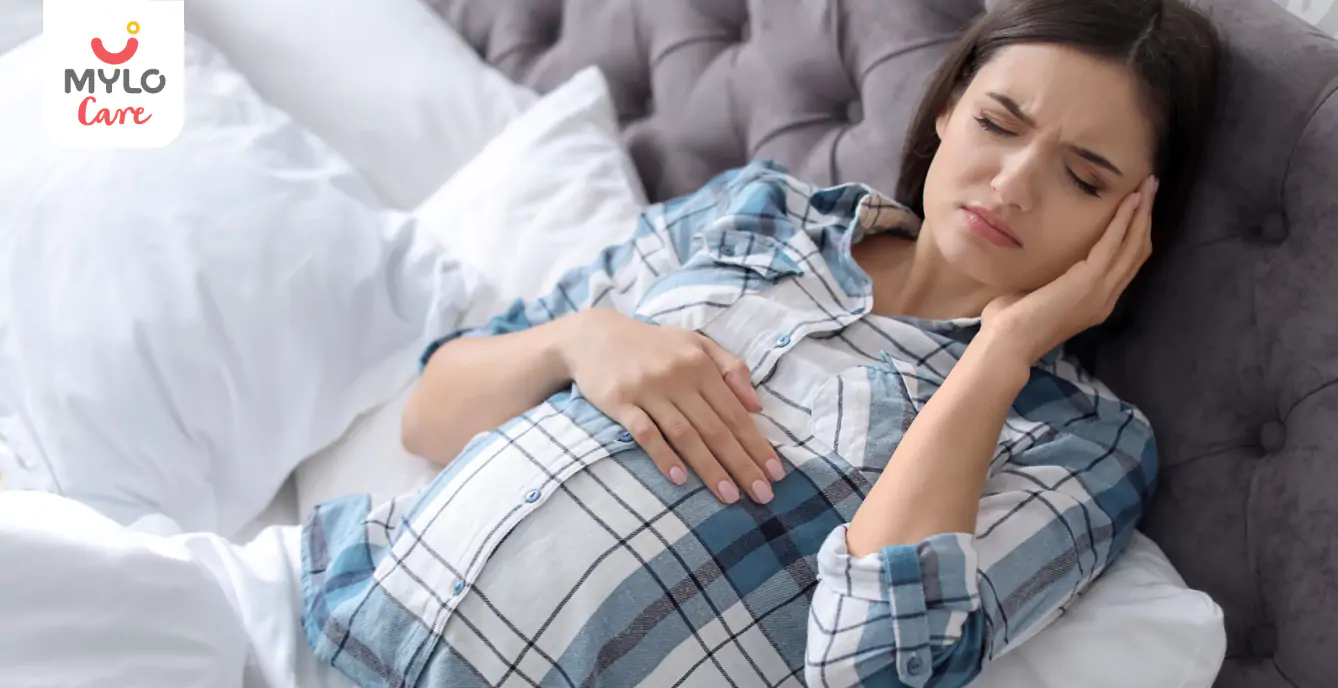
Headaches
Headache During Pregnancy: The Ultimate Guide to Causes and Cures

Scans & Tests
Fetal Doppler Scan During Pregnancy: In which week should you get it done?
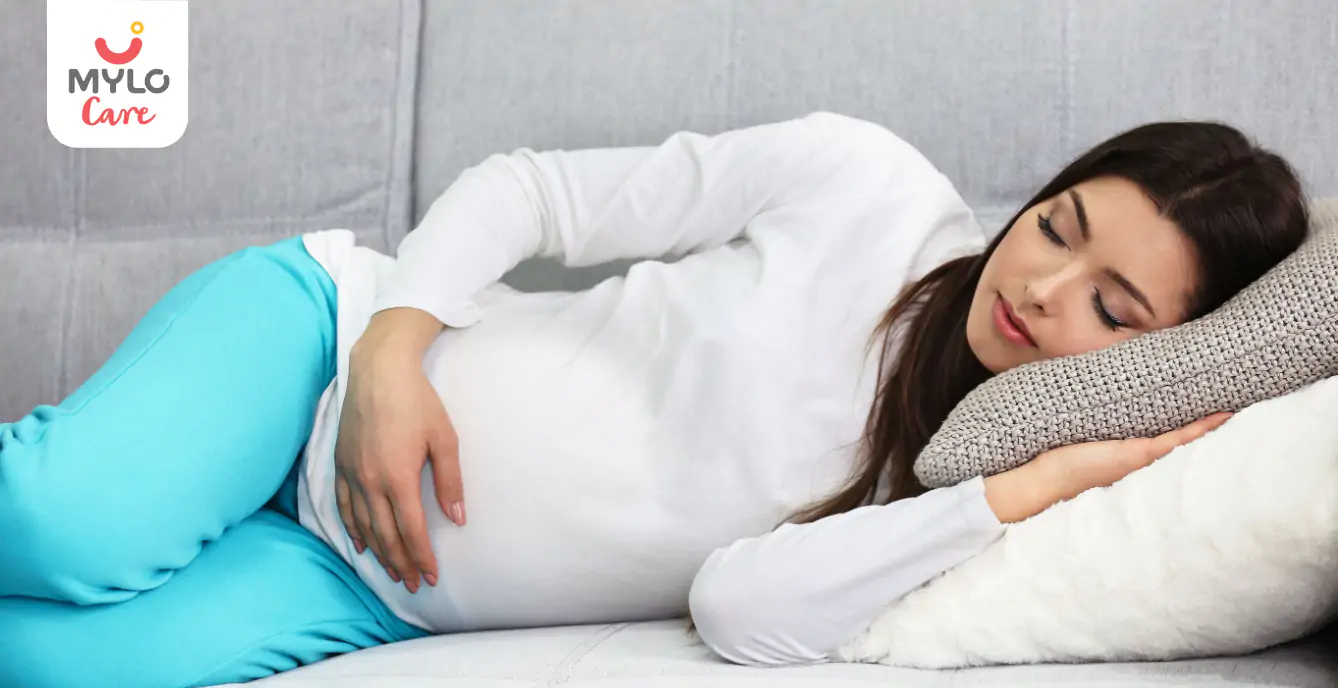
Sleep
How Long Should Naps Be While Pregnant?
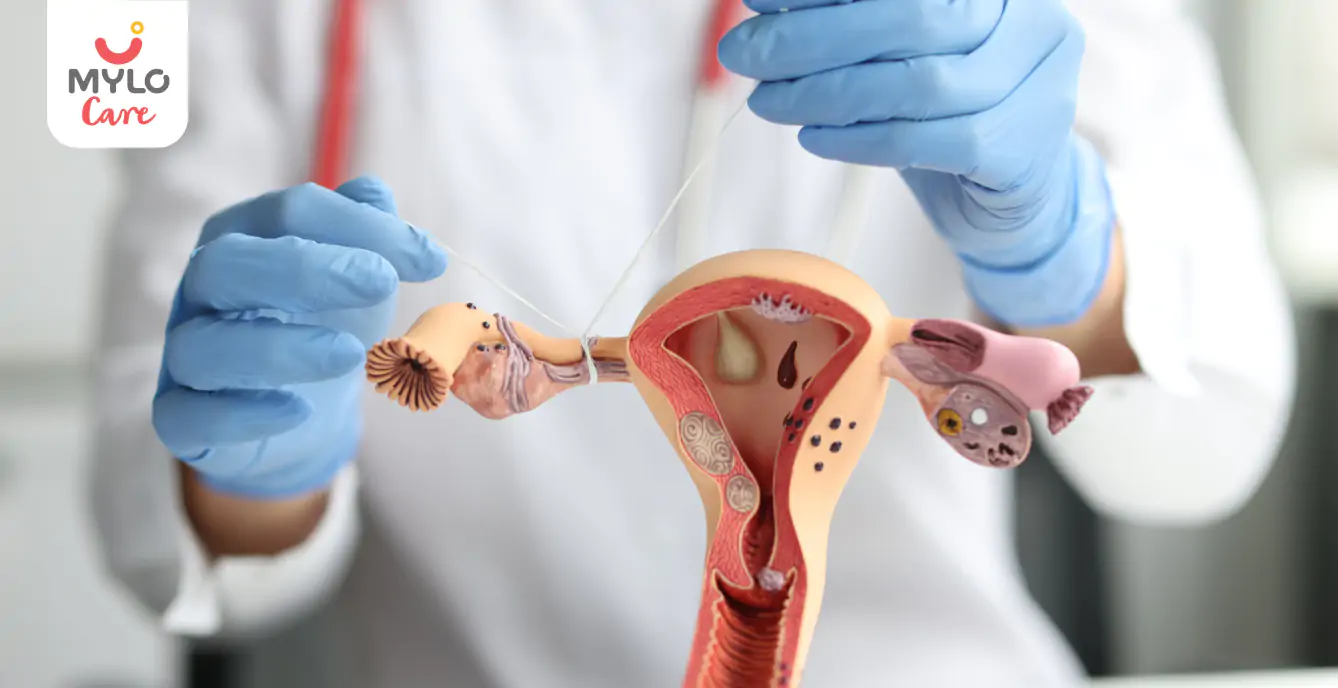
Fertility Problems
Blocked Fallopian Tubes: How They Affect Your Chances of Conceiving

How Do You Notify Your Employer That You Are Pregnant?
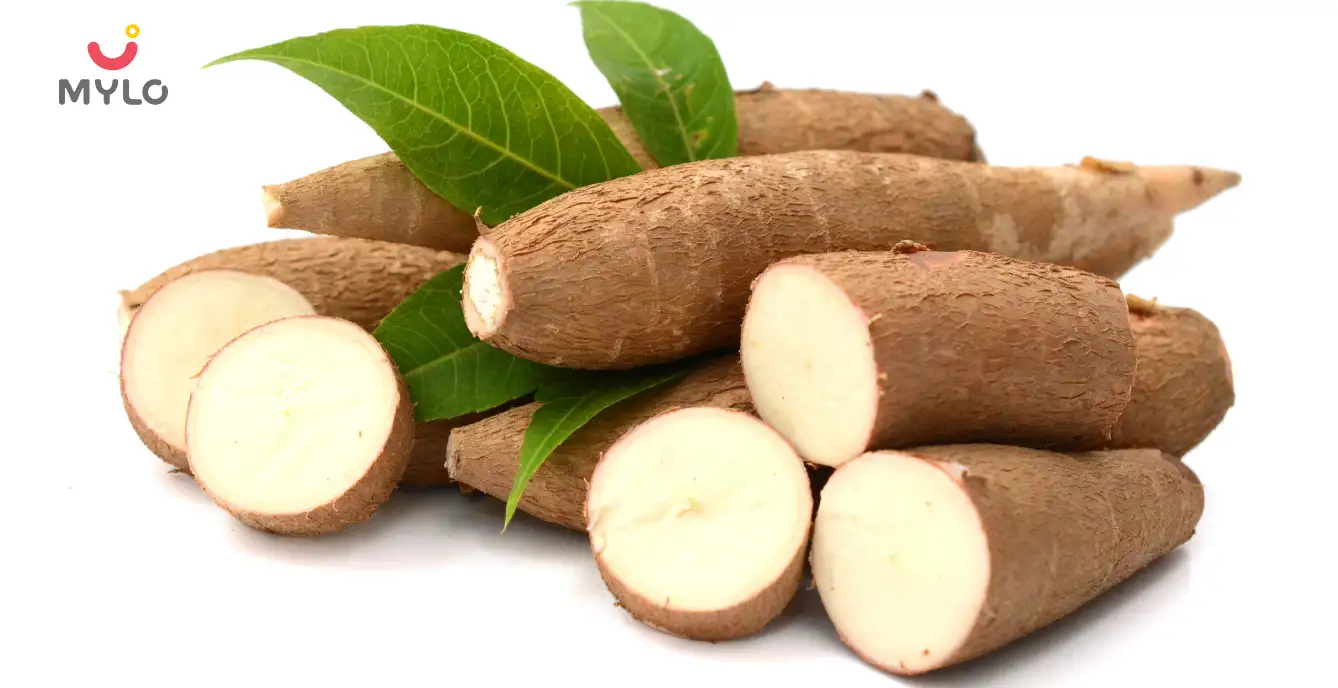
The Ultimate Guide to Consuming Tapioca During Pregnancy
- Braxton Hicks Contractions or Real Labor: How to Tell Them Apart?
- Top 10 Tips For The Third Trimester Of Your Pregnancy
- Maternity Leave 101: Rules, Benefits & Timings for Expectant Working Women
- The A-Z Guide to Identifying Summer Vegetables for Kids
- Christian Baby Girl Names That Stand the Test of Time
- The A-Z Guide on Purple Colour Fruits and Vegetables for Kids
- The A-Z Guide on Red Colour Fruits & Red Colour Vegetables for Kids
- The A-Z Guide on Yellow Fruits & Yellow Colour Vegetables for Kids
- Cervical Cancer: Causes, Symptoms & Prevention
- The A-Z Guide to Identifying Stem Vegetables for Kids
- Can Fetal Heartbeat Disappear and Reappear?
- The Ultimate Guide to Teaching Children 20 to 30 Tables
- GK Questions for Kids from Nursery to Class 6
- Height and Weight Chart for Boys and Girls in India


AWARDS AND RECOGNITION

Mylo wins Forbes D2C Disruptor award

Mylo wins The Economic Times Promising Brands 2022
AS SEEN IN
















- Mylo Care: Effective and science-backed personal care and wellness solutions for a joyful you.
- Mylo Baby: Science-backed, gentle and effective personal care & hygiene range for your little one.
- Mylo Community: Trusted and empathetic community of 10mn+ parents and experts.
Product Categories
baby carrier | baby soap | baby wipes | stretch marks cream | baby cream | baby shampoo | baby massage oil | baby hair oil | stretch marks oil | baby body wash | baby powder | baby lotion | diaper rash cream | newborn diapers | teether | baby kajal | baby diapers | cloth diapers |



